Among the multiple options available to us, choosing to take the train from Casablanca to Marrakech was a good decision. There are regular trains connecting the two cities and they are clean, efficient and cheap. At the end of the pleasant three hour ride, we could admire the new Marrakech train station, a stunning new red brick building, located in the new part of the city. Adjacent to the train station was also the office of Supratours, the bus company that would take us further south into Western Sahara, so it gave us a chance to get both information and tickets for our onward travel rightaway without having to make a special trip later.
Most of Marrakech's sights are within the ramparts of the medina, a wall stretching over 16km. Even as we made our way from the train station, it was evident that Marrakech was very different from the other medina cities we had visited recently. With wide roads, ample sidewalks and well maintained public areas, it was clear that wealth generated from tourism was being put to good use here.
The heart of Marrakech's medina is Djemaa el-Fna, the main square and literally a massive open-air theater. Huge throngs of people occupy the square at all times of the day and contribute to its carnival-like atmosphere. All the cliches of exotic Morocco are represented - snake charmers, henna tattooists, water sellers in fringed hats and red costumes, street-side dentists displaying jars of dentures and extracted teeth (who buys them?) and people selling all manners of potions and lotions to cure all kinds of ailments.
The air was replete with the energetic rhythms of drummers. Gnawa musicians were working a heady groove and all this was mixed in with the sounds of the snake charmers' soulful oboe. While you can wander around taking in the curiosities, you have to look sharp to dodge bicycles and scooters, horse drawn carriages and random cars that cut through the square. If walking through the crowds gets to you after a while, cafeterias and restaurants that occupy prime real estate on the perimeter of the square offer a popular escape. For the price of a (very expensive) mint tea or beverage of your choice, you have a perch on the terrace or balcony with a fantastic view overlooking the square and can "enjoy" the atmosphere and observe the action below without the hassle.
Video of Djemma el-Fna
For a change we were visiting a place when it was high tourist season. Europeans escaping the December chills in their countries, take advantage of cheap direct flights to Marrakech from cities like London and Madrid and are here in huge numbers. We may seen more European tourists in a few hours in Djemaa alone than we had seen in all our places we have visited on this trip combined!
The live drama continues until well after midnight, though the focus in the evening shifts from entertainment to food. A large part of the square is taken over by makeshift food stalls, all eager to get your business. With low overheads, they offer the same Morrocan fare at much cheaper prices and are hugely popular. Since we were heading out of the country soon, we had our final fix of tagine and couscous for various meals here.
There is more to Marrakech beyond the Djemaa. Streets branching off the square are home to innumerable covered souqs, many with euphonious and rhyming names like Attarine (Spice souq), Nejjarine (Carpenters souq), Sammerine (Silk souq), Lebbadine etc. Wandering through them and watching craftsmen at work making shoes, bags, metal decorative objects was a pleasant way to while away a few hours.
Marrakech's souqs cater more to tourists rather than to locals. While the medina in Fez and Tangier are truly the hub of local commerce and watching locals do their shopping is part of the draw, Marrakech's medina appears too sanitized and one has the vague feeling of being in a Disney recreation.
Located in the northern part of the medina is Medresa Ben Yousef, a Koranic school founded in the 14th century under the Merenids. It was once the largest in North Africa and housed 900 students in 132 dorms at its peak. The pupils studied religious and legal subjects here. Surrounding a beautiful courtyard are rooms with intricately carved cedar cupolas and wooden lattice screen balconies that display both Spanish-Moorish influence. Every inch of wall and floor is covered with lustrous tile (zellij) mosaics and stucco work. The walls covered by Koranic verses written in letters intertwined in leaves and knots and the style is reminiscent of the Alhambra. The dorms are arranged all around the central courtyard with windows opening out into the center and we were allowed to walk into the tiny rooms. It is easy to imagine the life of a dedicated student a few centuries ago surrounded by all this beauty. Or the not so dedicated ones playing pranks from the balconies on the unsuspecting ones below.
Adjacent to the medresa is Musee de Marrakech, a museum that is housed in a stunning palace with a beautiful arcaded inner courtyard. Also decorated with mosaics and cedarwood filigree, it was renovated in 1997 to restore some of its former elegance. It was turned into a museum to display traditional artifacts and works of modern artists from Morocco. After paying much attention to tiles, mosaics and woodwork in century old buildings, it was refreshing to spend some time admiring works of contemporary painters and mixed medium artists of Morocco.
A few minutes walk outside the medina on the south side took us to Baadi Palace, a 16th century structure built by Sultan Ahmed el-Mansoor. Conceived on a large scale and decorated with precious gold, turquoise and crystal, it was looted a mere 75 years later. Other than a small section of the former palace where floor mosaic are being excavated and restored, the only thing left today are massive mud-brick walls, but they give you a sense of the scale of the building. What caught our attention were the current residents on the ramparts, several pairs of storks that had built nests on the high walls and were standing guard overlooking the ruined palace.
Ruling southern Morroco in the 16th-17th centuries, was a Berber dynasty called the Saadians, who controlled trade in gold, ivory, slaves and the much treasured commodity - sugar. Through clever and trade negotiations they made an immense fortune and took some of it to the grave by building opulent tombs. The Saadian Sultan Ahmed el-Mansour spared no expense on his own tomb, importing Italian Carrara marble and gilding with real gold the honeycomb stalactite designed archways. He also built a large mausoleum with intricate woodwork for his mother in the garden surrounded by tombs of over 150 of his favorite people, his wives, relatives and even court officials. The tombs were walled up by his successors and the only access today is through a small passage in the adjoining mosque, a fact that may have helped preserve it over the years. We enjoyed strolling in the small but tranquil garden around the tombs and a little owl in the rafters of one the the mausoleums kept us and our cameras occupied longer than the monuments themselves.
Google Maps Link
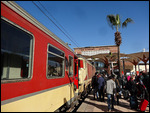
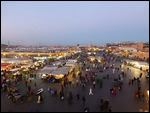
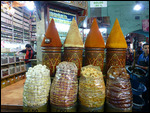
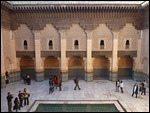
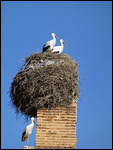

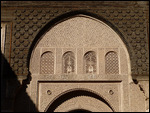
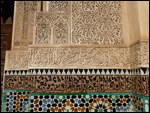

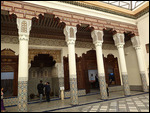
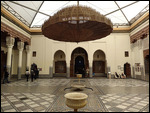
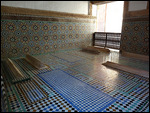
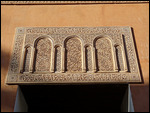
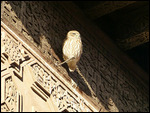


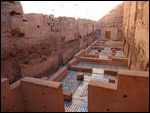

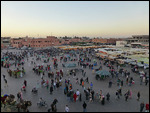
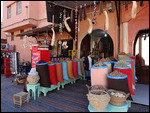
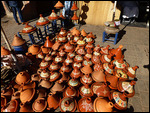


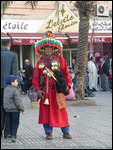

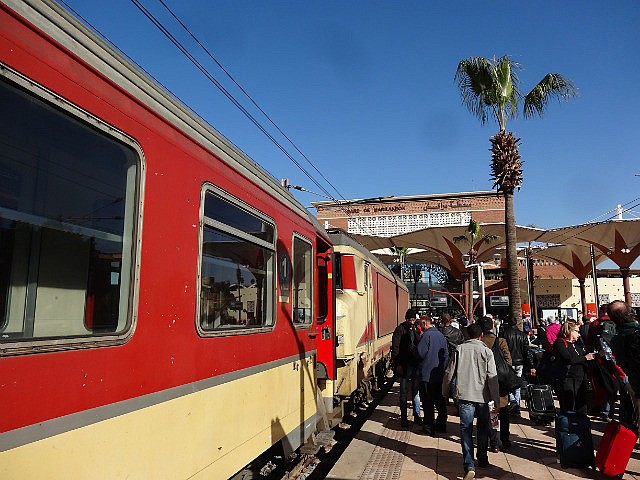

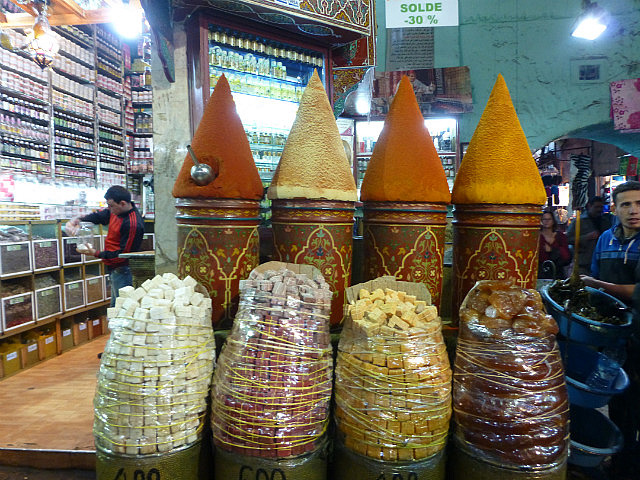
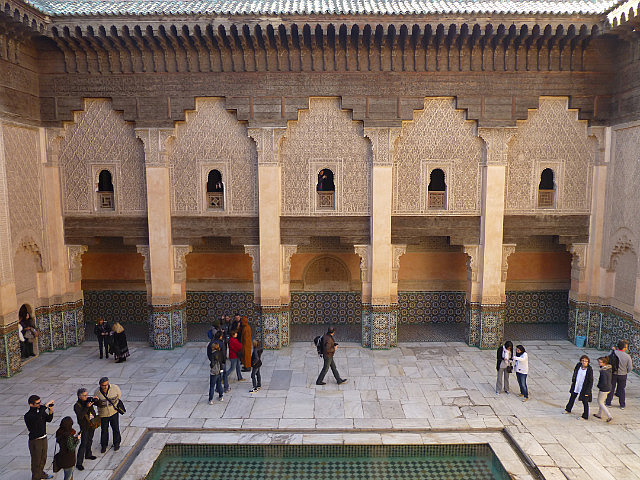

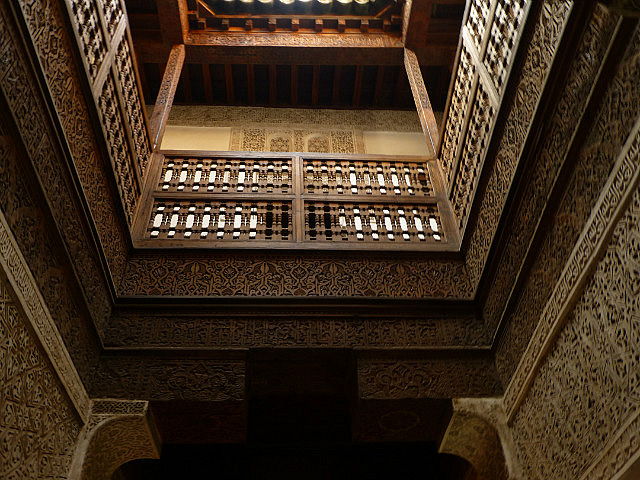

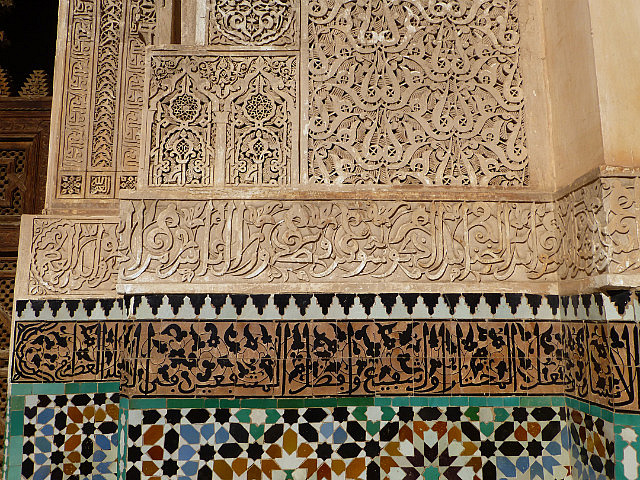
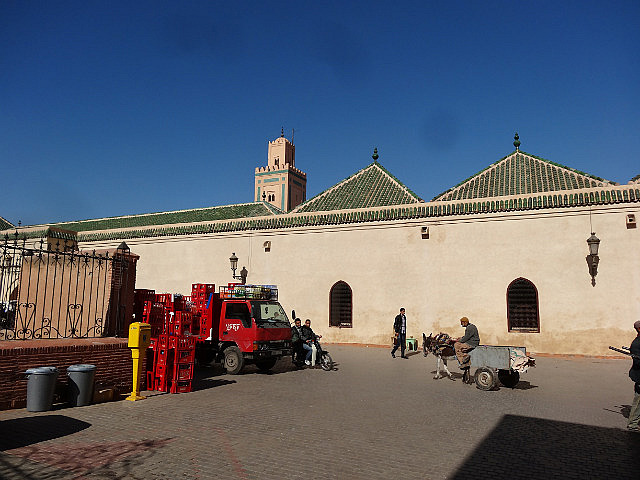
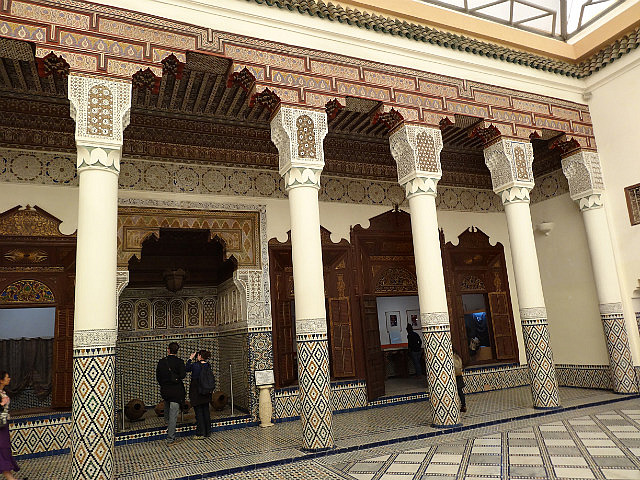

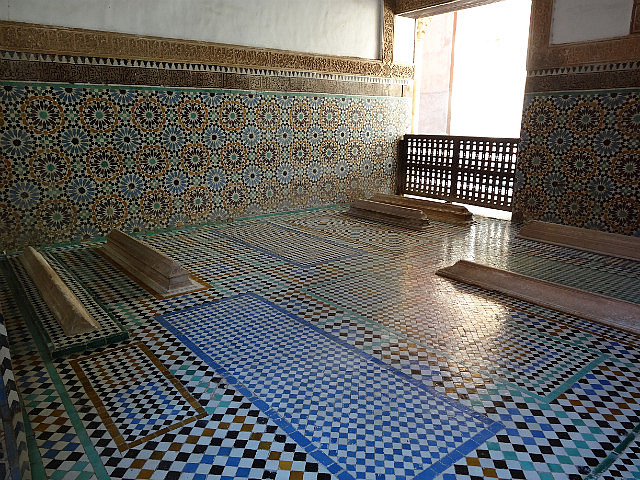
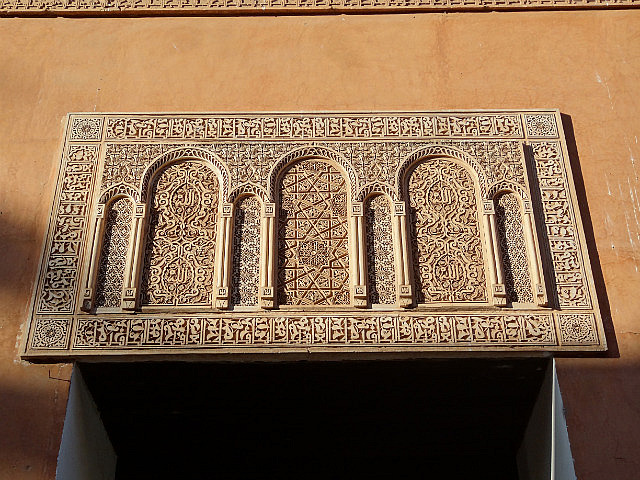

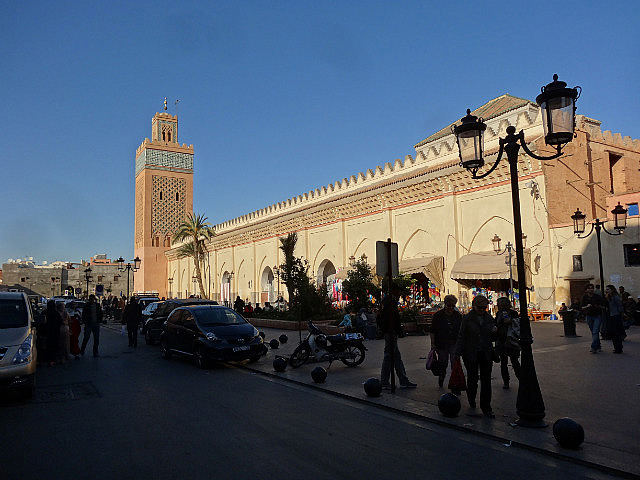
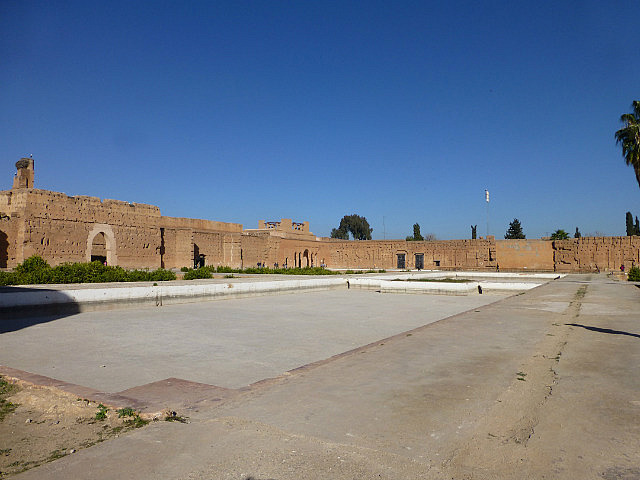
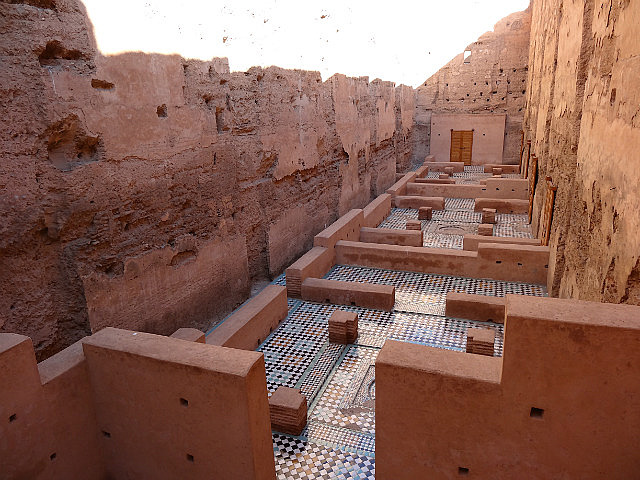

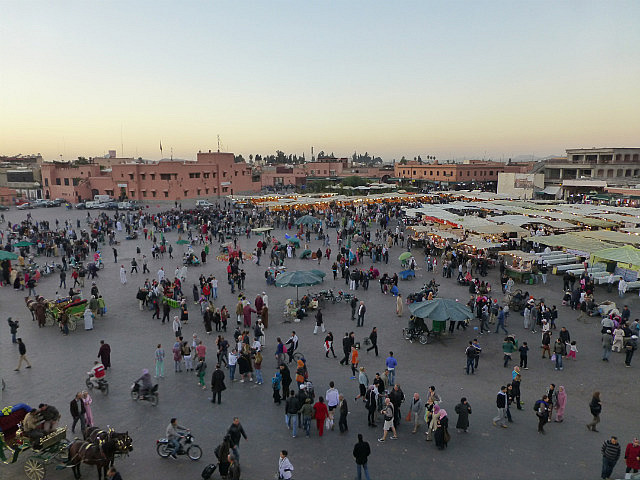
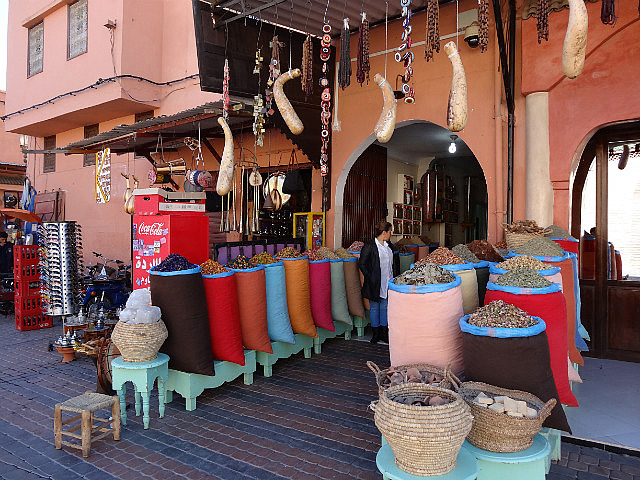
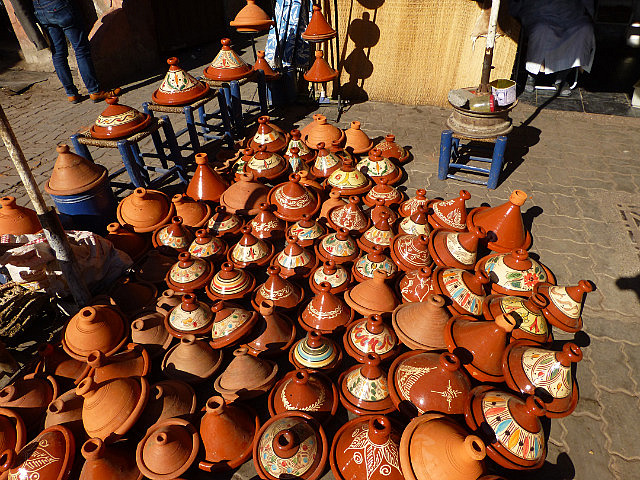
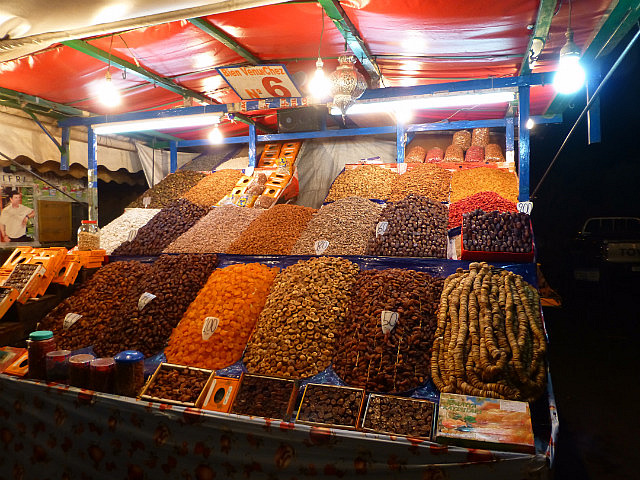
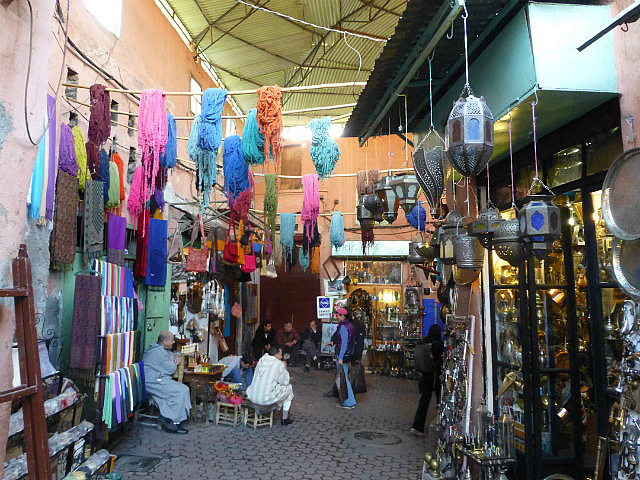
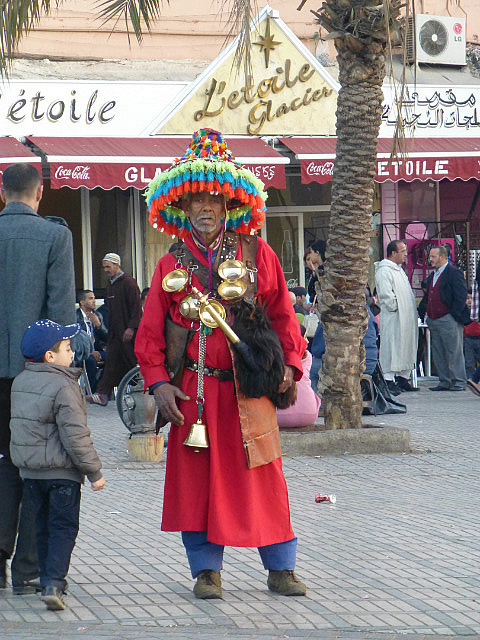
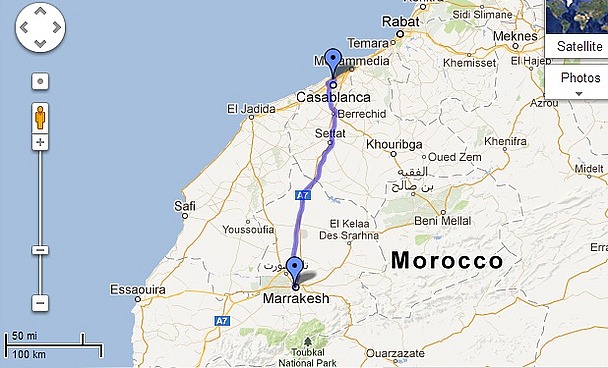
Comments